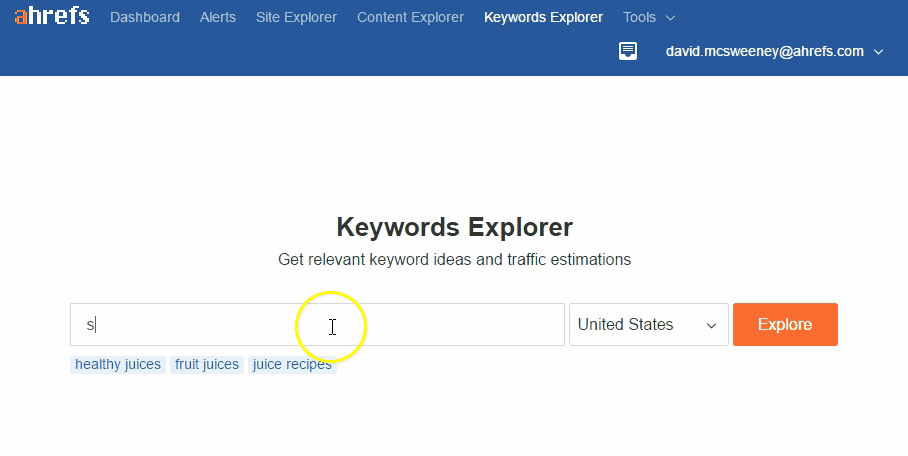
By now everyone has heard of Google’s RankBrain, the new artificial intelligence machine learning algorithm that is supposed to be the latest and greatest from Mountain View, Calif. What many of you might not realize, however, is just how fast the SEO industry is changing because of it. In this article, I’ll take you through some clear examples of how some of the old rules of SEO no longer apply, and what steps you can take to stay ahead of the curve in order to continue to provide successful SEO campaigns for your businesses.
So what is artificial intelligence?
There are generally three different classifications of artificial intelligence:
- Artificial Narrow Intelligence (ANI): This is like AI for one particular thing (e.g. beating the world champion in chess).
- Artificial General Intelligence (AGI): This is when the AI can perform all things. Once an AI can perform like a human, we consider it AGI.
- Artificial Superintelligence (ASI): AI on a much higher level for all things (e.g. beyond the capabilities of a single human).
When we talk about the context of Google’s RankBrain, and the machine learning algorithms that are currently running on Google, we are talking about Artificial Narrow Intelligence (ANI).
Actually, ANI has been around for some time. Ever wonder how those SPAM filters work in your email? Yep, that’s ANI. Here are some of my favorite ANI programs: Google Translate, IBM’s Watson, that cool feature on Amazon that tells you products that are “recommended for you,” self-driving cars and, yes, our beloved Google’s RankBrain.
Within ANI, there are many different approaches. As Pedro Domingos clearly lays out in his book The Master Algorithm, data scientists trying to achieve the perfect AI can be grouped into five “tribes” today:
- Symbolists
- Connectionists
- Evolutionaries
- Bayesians
- Analogizers
Source – http://techcrunch.com/2016/06/04/artificial-intelligence-is-changing-seo-faster-than-you-think/
 This is going to be an exciting year for MozBar. I’m happy to announce that we’ve got something new that will help you save a ton of time tuning your on-page SEO.
This is going to be an exciting year for MozBar. I’m happy to announce that we’ve got something new that will help you save a ton of time tuning your on-page SEO.

 When choosing keywords to target on your website, which factors do you consider?
When choosing keywords to target on your website, which factors do you consider?
 Every SEO knows 301 redirects are necessary from time to time. But are they affecting your other optimization efforts by slowing down page load time? Or are they sending bots on a wild goose chase? How many 301s are out there that you don’t need anymore?
Every SEO knows 301 redirects are necessary from time to time. But are they affecting your other optimization efforts by slowing down page load time? Or are they sending bots on a wild goose chase? How many 301s are out there that you don’t need anymore? Expanded Text Ads are coming to Google AdWords. Are you excited? But more importantly, are you ready?
Expanded Text Ads are coming to Google AdWords. Are you excited? But more importantly, are you ready?